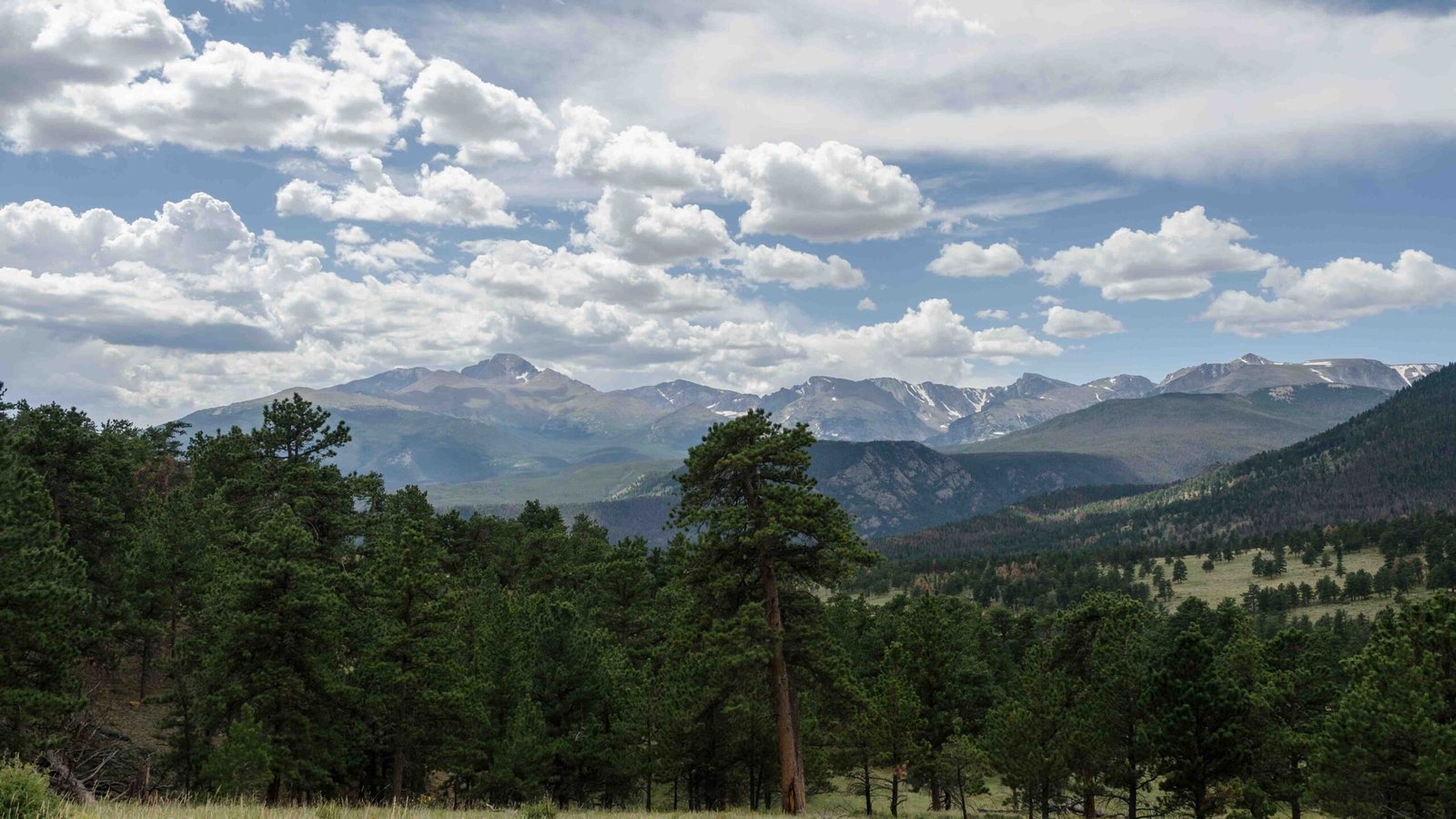The Cameron Peak Fire, which began on August 13, 2020, became the largest wildfire in Colorado’s history, burning 208,913 acres. It significantly impacted Rocky Mountain National Park, affecting wildlife, air quality, and park operations. The fire led to evacuations, closures, and extensive damage to park infrastructure and ecosystems. Recovery efforts are ongoing, with long-term implications for the park’s landscape and wildlife.
What Was the Extent of the Cameron Peak Fire’s Impact on Rocky Mountain National Park?

The Cameron Peak Fire had far-reaching effects on Rocky Mountain National Park:
- Burned approximately 30,000 acres within the park
- Caused temporary closures and evacuations
- Damaged park infrastructure and trails
- Affected wildlife habitats and populations
- Impacted air quality in the park and surrounding areas
How Did the Fire Affect Wildlife in the Park?
The fire’s impact on wildlife varied by species:
- Small mammals like Abert’s squirrels were severely affected due to habitat loss
- Larger mammals such as deer and elk were more mobile and able to avoid the fire
- Birds, especially migratory species, faced altered habitats upon return
- Long-term studies are underway to assess biodiversity changes and species richness
Recovery timelines for wildlife habitats are expected to be lengthy, with some areas potentially never returning to their pre-fire state due to climate change and lack of seed sources.
What Were the Evacuation Updates During the Cameron Peak Fire?

Several areas within and around Rocky Mountain National Park were evacuated:
- Lady Moon
- Red Feather Highlands
- Red Feather Lakes
- Crystal Lakes
- Parts of the Highway 14 corridor
- Entire town of Estes Park
- Grand Lake
- Portions of Granby
By late October 2020, favorable weather conditions allowed for the containment of the fire, and many evacuation orders were lifted. The park partially reopened on November 6, 2020, after thorough assessments.
What Recovery Efforts Have Been Undertaken in Rocky Mountain National Park?
Post-fire recovery efforts in the park have been extensive:
| Recovery Action | Description |
|---|---|
| Trail Clearing | Removing overhead hazards and fallen trees |
| Erosion Control | Stabilizing trails and replacing erosion control structures |
| Bridge Replacement | Rebuilding multi-use bridges and footbridges |
| Hazard Tree Removal | Felling and removing dangerous trees |
In the summer of 2021, a team of 94 people worked on repairing burned area trails. The National Park Service has incorporated these efforts into their broader management plan, with fire and recovery costs estimated at nearly $134 million.
How Did the Cameron Peak Fire Affect Air Quality in and Around the Park?
The fire significantly impacted air quality:
- Produced thick smoke affecting the Colorado Front Range
- Air quality alerts were issued during the fire
- Poor air quality conditions extended as far east as McCook, Nebraska
- Health advisories warned of risks associated with inhaling smoke and particulate matter
Researchers are conducting ongoing studies to monitor long-term impacts on local ecosystems, including air quality. These studies involve continuous monitoring of environmental factors and wildlife responses to inform future management and restoration efforts.
What Are the Long-term Implications for Rocky Mountain National Park?
The Cameron Peak Fire has long-lasting effects on the park:
- Altered landscapes and ecosystems
- Potential changes in wildlife populations and distributions
- Ongoing need for habitat restoration and monitoring
- Possible shifts in vegetation types due to climate change
- Continued research to understand fire impacts and inform future management
Researchers are planning surveys at 5-10 year intervals to document ongoing impacts and guide adaptive management strategies for the park’s future.

